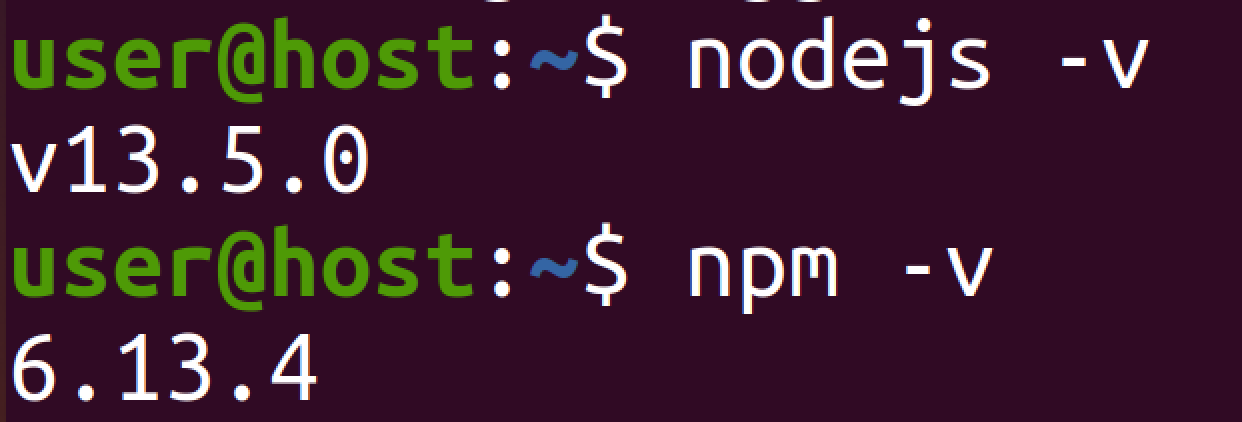

To confirm NodeJS is installed, run: $ node -versionĪlso, you can verify npm version as shown. So, go ahead and install Node.JS 17 and npm with the command: $ sudo apt install nodejsĪs before, this installs NodeJS alongside a bucketload of other libraries and dependencies. Then it updates the package index to sync with the newly appended Node.JS repository.Īt the tail-end of the output, you are provided with the next steps to take – which is to install Node.JS and NPM. The seup script add the GPG signing key and proceeds to create a sources list file for the Node.JS repository in the /etc/apt/sources.list file. First, add the repository to Debian 11 with the command: $ curl -fsSL | sudo -E bash. In this step we are going to install Node.js from source. This is the best option if you wish to install a specific version of Node.js.

You can build and compile Node.js from source. This might take a while and it’s advisable that you have a good internet connection. This install Node.JS alongside a bunch of libraries and dependencies. Using the APT package manager, install NodeJS and NPM as follows: $ sudo apt install nodejs npm They can simply be installed with the commands: $ sudo apt update Node.js and npm are available in the default debian repositories.

Option 1: Install Node.js & NPM from Debian repository In this guide you will learn how to install Node.JS & NPM on Debian 11. NPM is a software package manager for NodeJS that allows developers to share useful JavaScript libraries and packages. Node.js allows frontend developers using JavaScript to build the backend without using a different programming language. JavaScript is a popular programming language for building web applications. For additional help or useful information, we recommend you check the official Node.js is an open-source and cross platform Javascript framework. Thanks for using this tutorial for installing the latest version of Node.js on Debian 11 Bullseye. Then, use the nvm command to install the latest stable version of Node.js: nvm install -ltsįinally, check the Node.js version using the following command: node -vĬongratulations! You have successfully installed Node.js. Now check the installed version of nvm: nvm -v

Once the repository is added successfully, you can now install Node.js using the following command below: sudo apt install nodejsįrom NVM (Node Version Manager) you can install Node.js using the following steps: curl -o- | bash Now we add the official Node.js repository manually on Debian Bullseye: curl -fsSL | sudo -E bash.


 0 kommentar(er)
0 kommentar(er)
